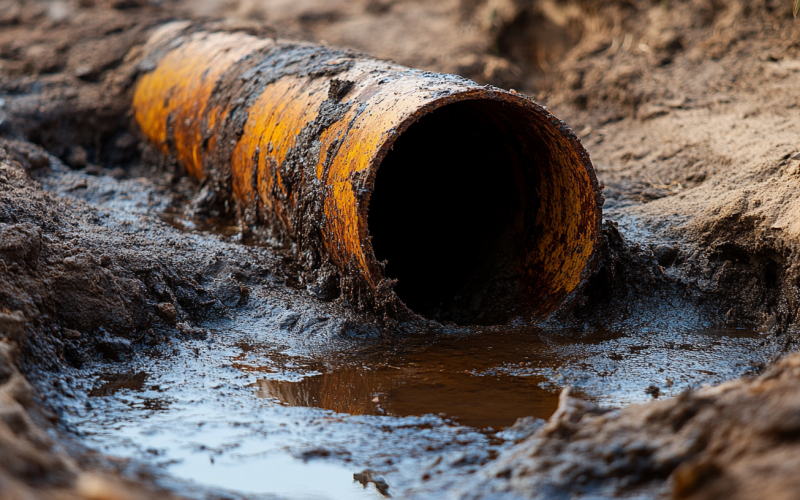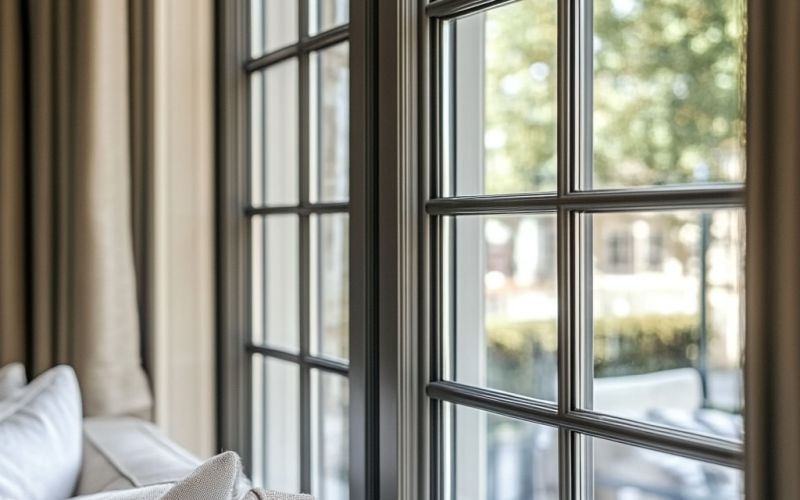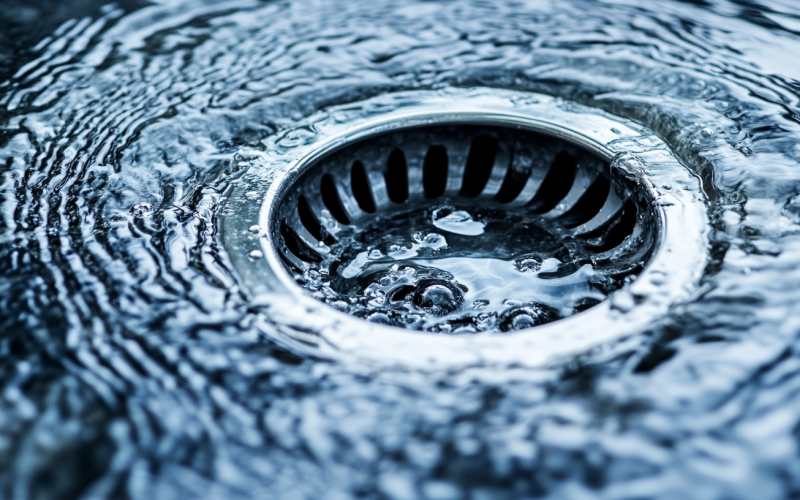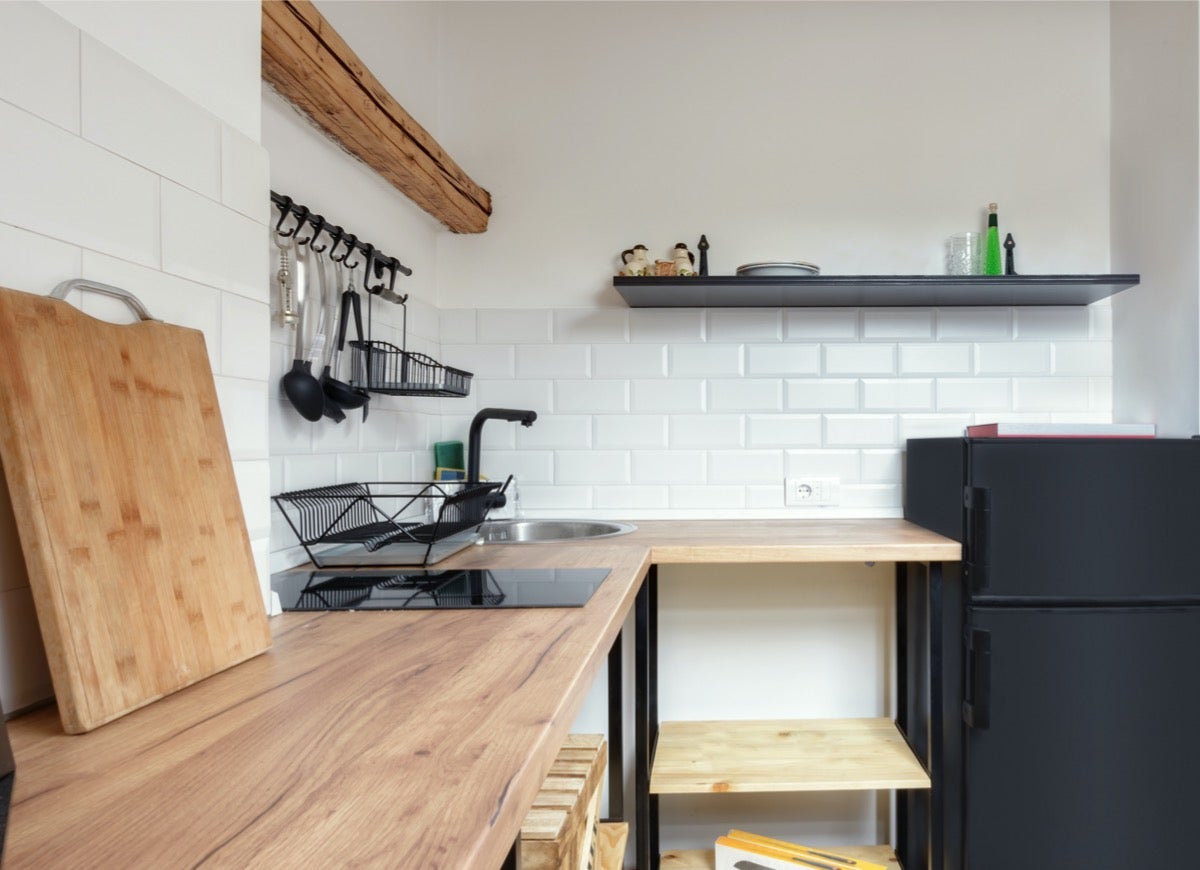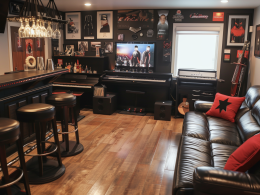A broken sewer pipe is a major headache, leading to backups in your home and possible sewage flooding in your yard. Unlike a simple clogged drain, this issue is more complex and often caused by blockages, cracked, or collapsed lines. Over time, sewer lines can be crushed by shifting ground or invaded by tree roots.
Besides the unpleasant backups, a broken sewer line can attract pests like rats and insects, adding to your woes, and the sewer replacement cost can be significant.
To address the problem, call a plumber as soon as you notice any signs, such as sewage backups, foul smells, or flooding in your yard. Acting quickly can help prevent further damage and avoid complications like yard flooding or pest infestations, as well as potentially reduce the sewer replacement cost.
How to Tell If Your Sewer Pipe Is Broken

Sewage Backup:
If your toilets or sinks are backing up or not draining, it could signal a broken sewer line. If the problem is isolated to one fixture, it might just be a clog. But if your whole house is affected, it’s time to call a plumber.
A camera inspection can diagnose both a sewer line break and a clog. This issue often comes with a foul sewer gas smell, so be prepared.
Green and Lush Grass:
Damaged sewer lines can leak water and waste, which are absorbed by the roots of trees and grass, leading to lush, fast-growing green patches in your yard. If one area of your lawn is noticeably greener than the rest, it might indicate a broken sewer line. However, if the weather is hot and the greener area is shaded, it could simply need more water.
Sewage Water Pooling in Yard:
Sewage water pooling in your yard, accompanied by foul odors, is another sign of a broken sewer line. This can also explain why your grass is greener and more lush in certain areas.
Sewer Gas Odors:
A broken main sewer line can cause sewer gas odors to leak back into your home through drains. While not harmful or flammable, the smell is unpleasant and a clear sign to call a plumber.
Slow Drains:
A slow drain might seem like a minor issue, but if multiple drains are slow, it could indicate a broken sewer line affecting the entire sewage system in your home. Slow-flushing toilets are another sign.
Rodent Problem:
Rats, mice, and other rodents are attracted to the smell of a broken sewer line. Worse, they can enter your home through the break. If you notice more rodents around, it could be due to a sewer issue.
Insect Infestation:
Insects are also drawn to the smell of sewer water. If you see a lot of insects around a specific spot in your yard, it might be a sign of a broken sewer line, and you might need both a plumber and an exterminator.
Mold and Mildew:
Mold and mildew on your walls or floors can be caused by sewer line leaks. This issue can damage your home’s drywall and foundation, so don’t wait to get it checked out.
Foundation and Wall Cracks:
Leaking water from a broken sewer line can weaken your foundation, causing cracks in your walls and floors. This can lead to more severe and expensive damage if not addressed quickly.
Indentation in Lawn or Under Concrete:
An indentation in your lawn or under concrete can be a symptom of a broken sewer line. A continuously leaking line can cause the ground to settle differently, leading to dips or indentations.
If you notice any of these signs, it’s crucial to get your sewer line evaluated and repaired promptly to avoid further damage and costly repairs.
Causes of a Sewer Line Break
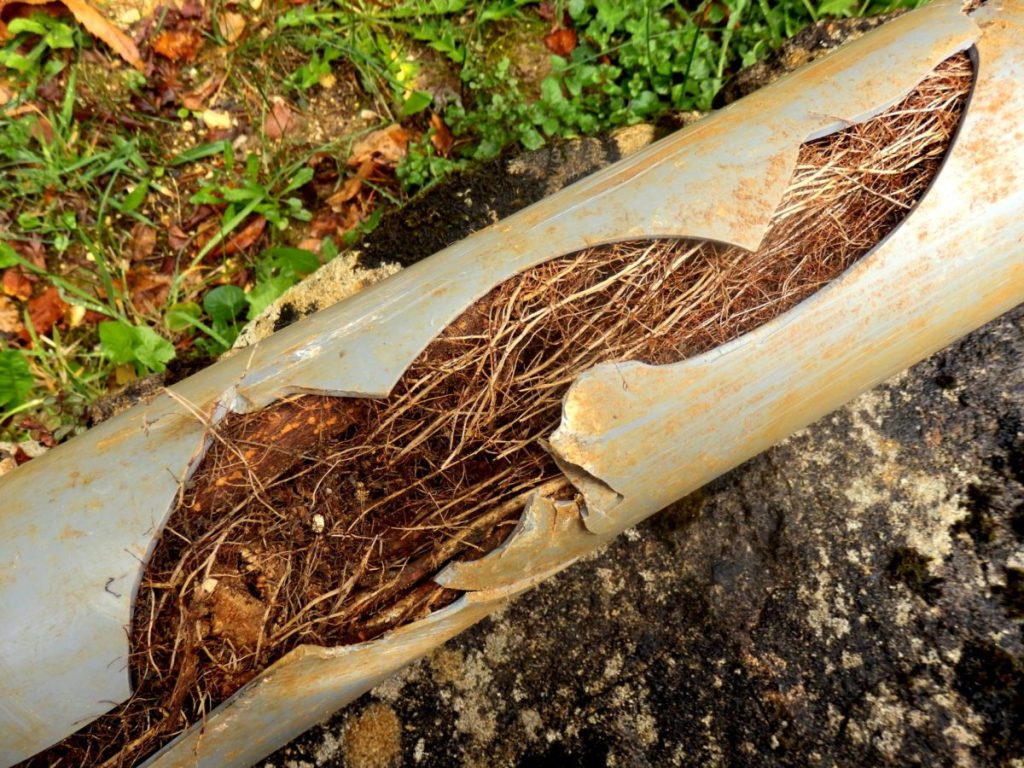
Break-Down: Over time, PVC or cast-iron pipes can deteriorate due to natural causes like corrosion, leading to cracks and eventual collapse. Constant pressure against the line can cause it to break down sooner or later after years of wear.
Tree Roots: Tree roots are a major cause of sewer line repairs. As they grow, roots can wrap around and intrude into the pipes, breaking the lining. Fortunately, it’s often possible to repair the lining without replacing the entire pipe. A camera inspection can reveal root infestations.
Collapsed Drainpipe Under Slab: A collapsed drainpipe under a slab typically requires leak detection to diagnose. A plumber may need to break the slab to access and repair the leaks. Often, the line can separate just a few feet from where it joins under the house, potentially reducing repair costs. Some plumbing companies handle leak detection themselves, while others may collaborate with specialized leak detection services.
How Much Does It Cost to Replace a Sewer Pipe?
The average cost to repair a sewer mainline ranges from $1,000 to $4,500. This task is one of the most significant challenges plumbers face, but functioning sewer lines are essential for daily life.
A full sewer line replacement, from the home to the street, typically costs between $3,000 and $25,000. This cost includes marking, digging, replacing the line, and refilling the hole. If you suspect a broken sewer line, call a plumber to conduct a camera inspection. Some companies charge by the hour, so shop around to find one that fits your budget.
In some cases, the city may be responsible for the repair if the issue lies under a neighborhood street. If your drains back up due to a sewer line crack in the street, the city should cover the cost. This can also be determined through a camera inspection, especially if your neighbors are experiencing similar problems.
How a Sewer Line Is Fixed
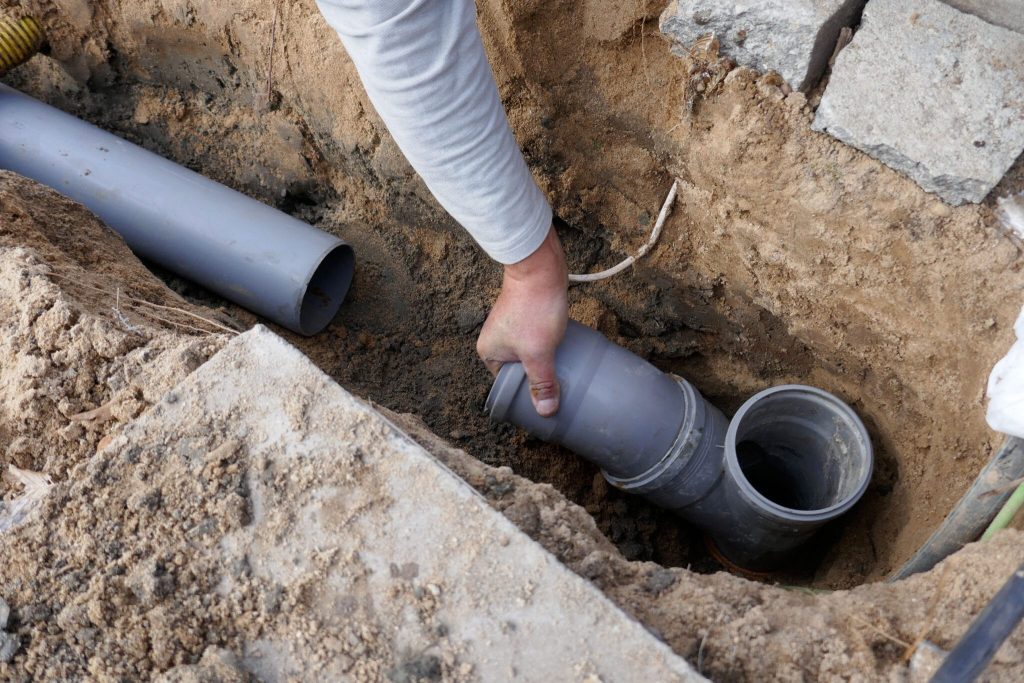
To fix a sewer line, a new pipe of the appropriate size is installed after digging the necessary hole. Depending on the existing material, the sewer line could be cast iron, which breaks like glass underground, or PVC. Often, only the broken sections are replaced rather than the entire line from the house to the street. If the leak is under a slab, a jackhammer may be used to break through the concrete.
Once the sewer line is properly fixed and all fittings are secure with no leaks, the hole is filled back in. A professional plumber ensures the job site is cleaner than it was found. While replacing a sewer line can take some time, the results are well worth the effort.
Final Thoughts
- Diagnosing slow drains, backed-up toilets, and other signs of a sewer line issue involves many factors.
- Ignoring these problems can lead to further damage, increased expenses, and potential health risks.
- It’s essential to address sewer line issues promptly.
- A camera inspection is typically used to determine whether the problem is a blockage or a broken pipe.
- Fixing a main sewer line involves significant work, including digging, replacing the pipe, and filling the hole.
- This process is not inexpensive, with costs typically ranging from $1,000 to $5,000.
- Being proactive about sewer line repairs can save you from more extensive damage and higher costs in the long run.





